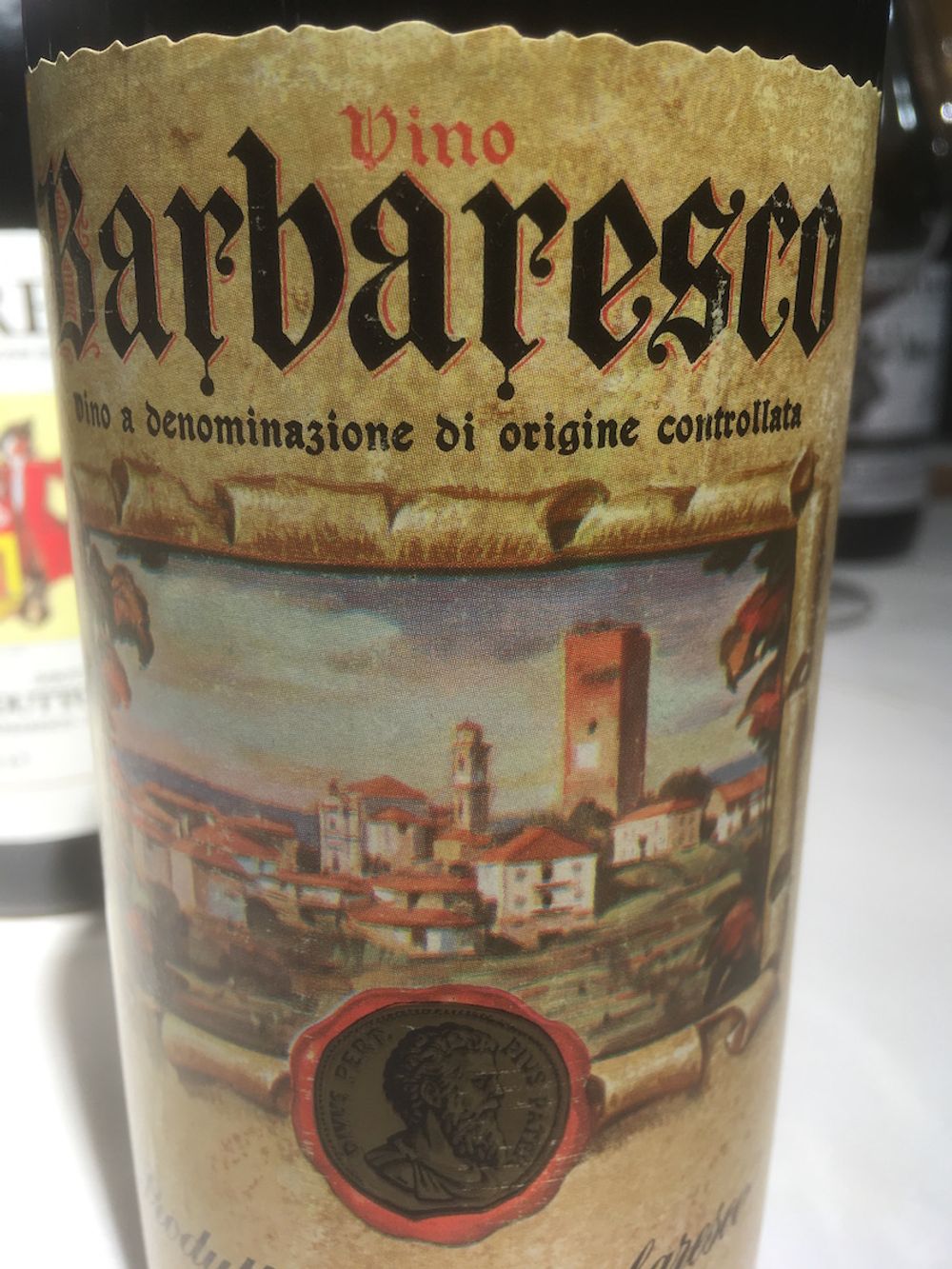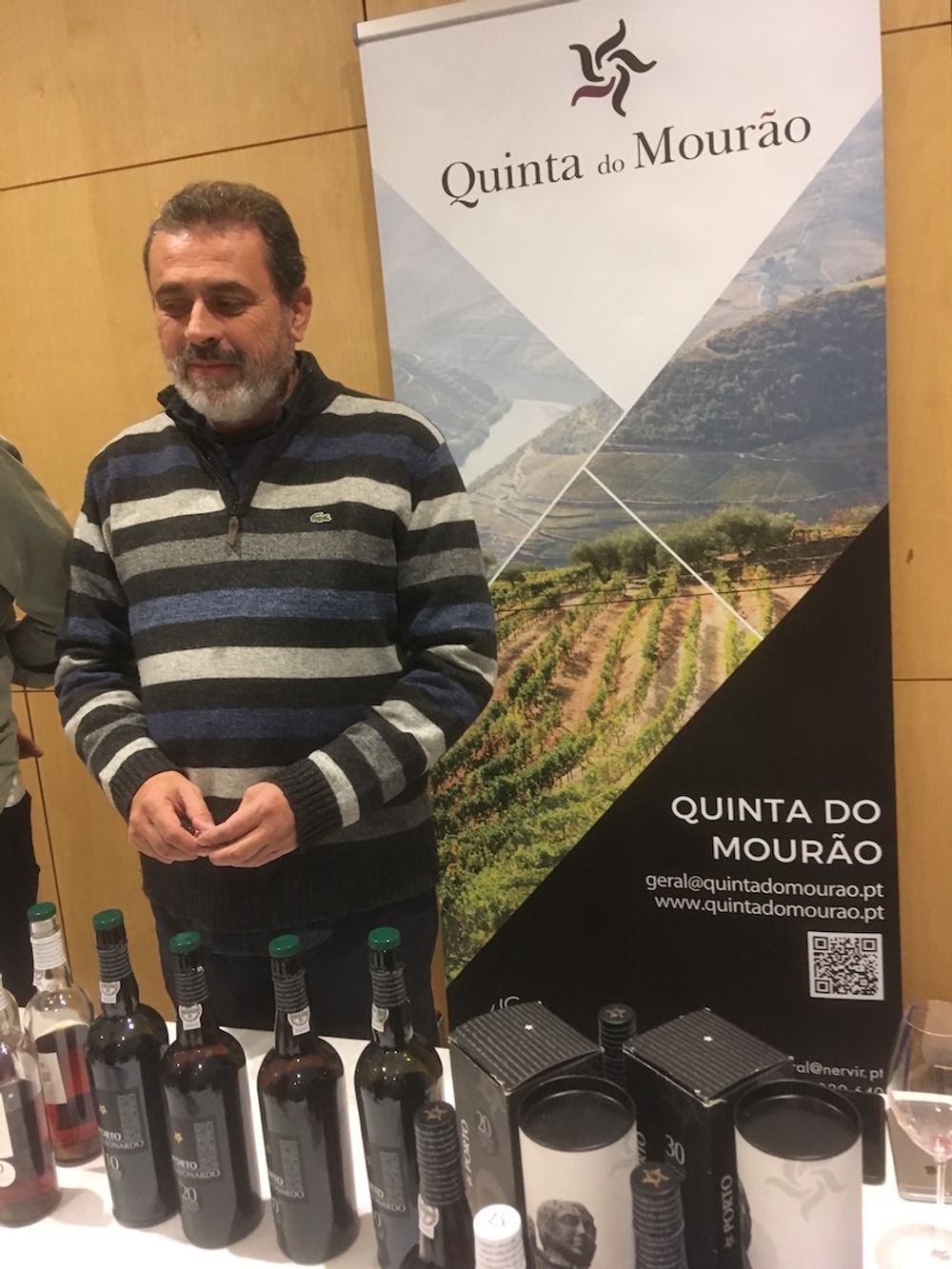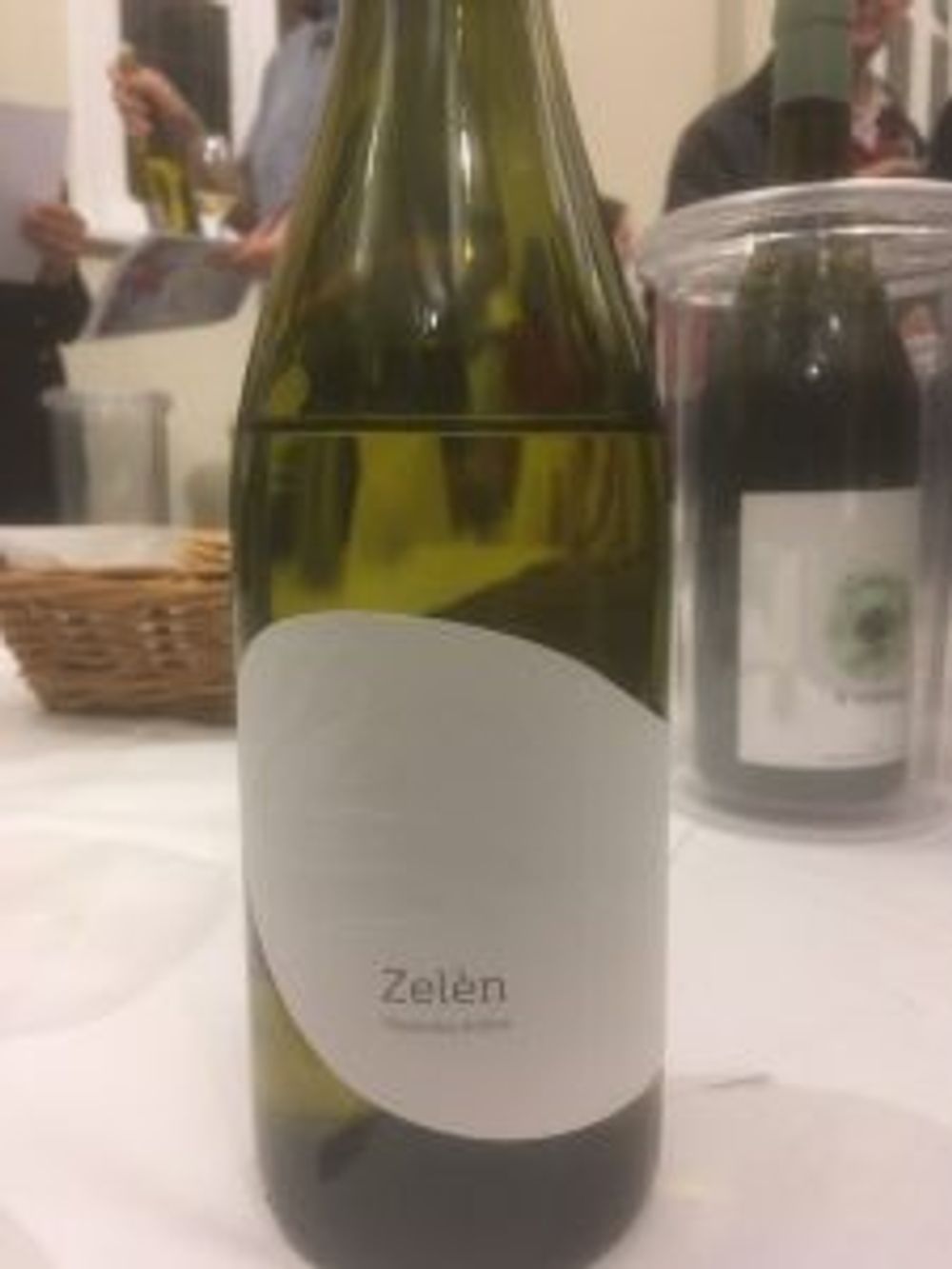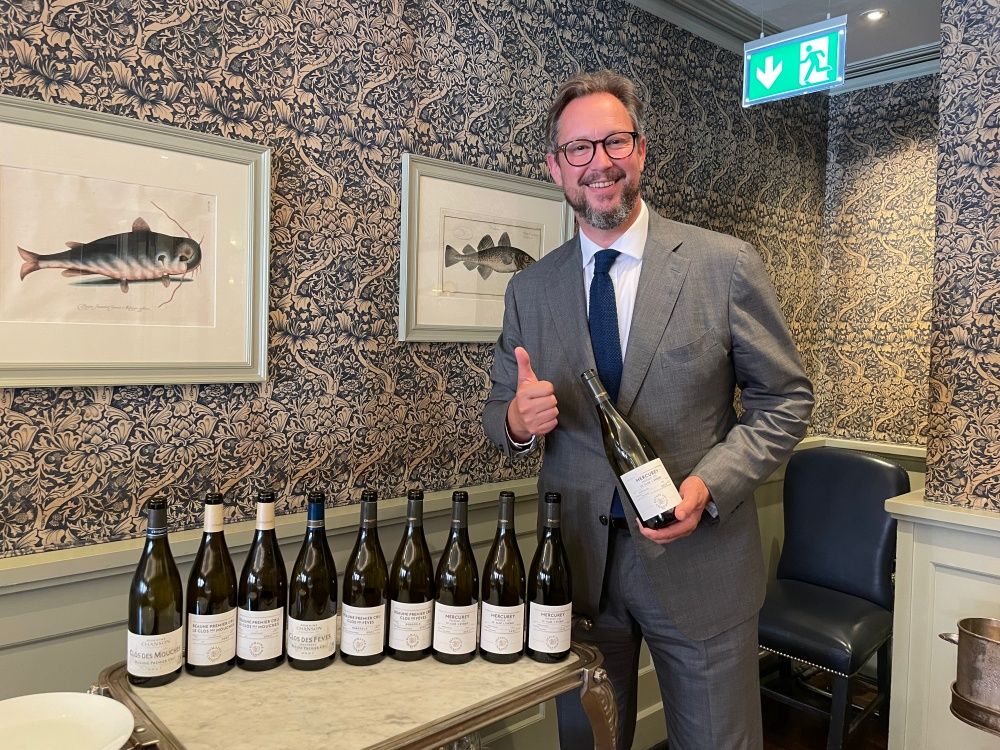Armenia, Greece, Turkey, Hungary, Slovenia, Italy and Portugal were all producing top wines in 2018 and feature in Justin Keay’s round-up.
Pulling together any top ten list is a hazardous business, to say the least, and with wine even more so. The assumption generally is that you should compile a subjective list of the best wines you have tasted; for me, the preferable alternative is to try and recall ten wines that really made an impact on me, for whatever reason, wines that I would taste again, in a heartbeat.

I was on a press trip to Romania when I tasted my first wine, at Cremale Recas, with Bristol-born owner Philip Cox and fellow wine writer Raymond Blake.

Cremale Recas
“You’re a bit of a sweetie” Blake remarked when I said I really liked the Wildflower Cuvée Blanc Reserva 2017: he was, I think, referring to my taste in wine rather than expressing a view of my disposition. But one of the things that makes this wine so appealing is that is neither sweet nor dry; a blend of Chardonnay, Sauvignon Blanc, Feteasca Regala and, crucially for the taste, Muscat Ottonel. It’s just different, but it works and, at around £10, it’s good value.

My second wine, tasted in a smart restaurant in London’s Pimlico, is at the other end of the price scale. And age scale. Though a big fan of their single vineyard wines (the release of the 2014s was the big event at this Astrum event) I wasn’t expecting much from the Produttori del Barbaresco 1970. A wine produced in a region yet to find real fame – that happened in the 1990s – where winemaking techniques could be a little basic and made when flower power was still a thing: surely, it would be past it, particularly as this was the basic wine, not a Riserva or single vineyard? But it was absolutely sublime, still-firm tannins supporting the fruit, and a depth and range of flavours that I won’t even attempt to describe.
I’ll stay with Nebbiolo for my third wine, the Massolino Barolo 2014 from Serralunga d’Alba (Liberty Wines). This producer is one of the modern faces of Barolo, something which becomes apparent as soon as you enter their tasting rooms on the edge of Serralunga d’Alba, and which intensifies as you taste through the range, especially the delicious single vineyard wines. Although very young, my first taste made me realise what joys await those who have the patience to give this wine another three or four years before opening.
To Greece for my fourth and fifth wines.
In Saloniki on the first night of a press trip, we approached the Retsina we’d decided on with some misgivings, prompted by old memories of the cheap stuff with the metal cap. But the spritzy, moreish Pet Nat Retsina produced by Kerchis was something else – rounded but with lovely acidity underpinning the pear, apple and pine flavours, this was another drink altogether.

This, and my fourth wine, Musuem, a remarkably complex white wine made by leading producer Ktima Gerovassiliou from five local varieties including Malagousia (to produce something akin to a white Rhône blend, but with another dimension) are sadly not available in the UK (although Hallgarten & Novum Wines imports Gerovassiliou’s other wines, which are frankly all delicious). Greek wines have come a long way, as these wines demonstrate, and it’s an ongoing joy discovering them.
Greece’s historic rival Turkey is now making some terrific wines, with the best producers focusing on the country’s native varieties. One of these, Kalecik Karasi, is the variety behind the delicious Kayra rosé, my sixth wine. Almost salmon pink and ever so slightly off-dry, this is a wonderfully harmonious fruit-driven wine and great with or without food.

Next door, newly democratic Armenia is also experiencing something of a revival in its wine industry, which long played second fiddle to brandy production and servicing the undemanding Russian market. Zorah (imported by Liberty) make two delicious reds from the local variety Areni Noir and Yaras, the most expensive and my seventh choice, is aged in Karas, sealed terracotta amphorae that are stored underground, much like Georgian quevri. This is a wine that just has to be tried.
As a child, I was bought up on the tales of Babar, the gentle green-suited elephant rescued from hunters and brought up in a smart town house in Paris. My mind turned back to these stories when I first tried wine eight, a substantial full-bodied red made by Szekszard producer Heimann, but were dispelled when I realised Barbár means Barbarian in Hungarian. Every reader of The Buyer is aware that Hungarian wines are on a roll but it has been mostly a white one, led by Furmint; this complex wine, a 2016 blend of Cabernet Franc, Merlot, Tannat and Kekfankos shows Hungary is also more than capable of producing memorable, world class reds (Wines of Hungary).

As a fan of port – especially aged tawny – I was rather blind-sided at this autumn’s Soul Wines from Douro tasting where I tasted a range of aged white ports, not a category I was familiar with probably because it only received official recognition in 2005 (before that the wine went into aged tawny). Quinta do Mouráo has a delicious range of these including at one extreme, Ten and Twenty Year Old aged white, and at the other the mega rare San Leonardo Very Old 90 year old white, bottled 90 years after the Quinta’s founder Mario Braga was born, and costing £900 per bottle.
My Wine Nine however, cost one third of this; the San Leonardo Porto White Wine 50 Years was unforgettable, with just enough acidity to offset the profound sweetness; this was a wine that embraced and enveloped you.
And my final wine? Back in Winchester at the Stone, Vine and Sun Xmas tasting I made my first acquaintance with Zelen, an almost extinct indigenous grape from Slovenia bought back to life by Pasji Rep, a tiny producer in the Vipava Valley. This organic white is made in tiny quantities, lovely floral flavours on the nose and a generous palate, not unlike a Viognier but moreish, with just 11.5% alcohol. This was one of the varieties favoured by the Hapsburgs. Like all of my wines, it really was fit for a king.











































